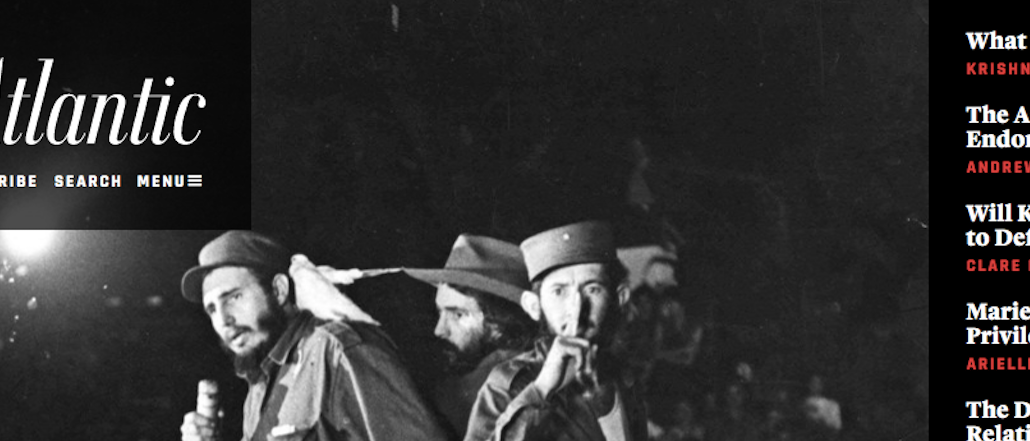How sponsored content drives more than 60 percent of The Atlantic’s ad revenue

Today, every publisher has some form of native offering. For The Atlantic, sponsored content has proved better ROI than other ad formats.
Native advertising is estimated to reach around 75 percent of The Atlantic’s ad revenue this year, up 15 percent from 2015, according to Hayley Romer, senior vice president and publisher for The Atlantic.
The publication is offering a spectrum of native ads, from video to infographics to text-based editorial pieces. Last year, readers spent nearly seven minutes on its two best-performing advertorials: Qualcomm’s “The Space Within” and Boeing’s “A Century in the Sky,” compared to the average time spent of four to five minutes for its sponsored content. Meanwhile, the site’s redesign that took place last April tripled the publication’s overall click-through rate, and its native click-through rate performance has stayed consistent, according to the publication.
“We have 160 years of history. When we work with brands, we dedicate significant time and resources to identifying how to capture readers’ attention,” said Romer.
Atlantic Re:think, the marketing group behind The Atlantic’s sponsored content, is now a team of 32 people, 25 percent up from last year. The publication is anticipating more growth this year.
This is a far cry from January 2013 when The Atlantic received much criticism for running an advertorial for the Church of Scientology to promote the institution’s growth. The publication quickly pulled that promotional article and even released a public apology: “We screwed up…We failed to update the policies that must govern the decisions we make along the way.”
“That was a quick way for us to learn that the most important thing is reader trust,” said Romer. “Every piece of content we produced on behalf of brands should add value to the experience of The Atlantic.”
Since then, The Atlantic has been more selective in its prospective advertisers. The publication reviews every single piece of sponsored content before it gets published to make sure an advertorial doesn’t run afoul of The Atlantic brand. Most importantly, it has been using an “audience first” approach to identify brand propositions and the value of sponsored content. “Everything we do is audience-first. With that in mind, we are able to create compelling content that captures readers’ attention and automatically has an impact for brands,” said Romer.
With native advertising poised to take off this year, some marketers worry that it will evolve into an experience that could be considered interruptive and thus lead to more ad blocking. But that could be less of a concern for publishers when content consumption on mobile continues to grow. After all, Deloitte predicts that only a small portion of the estimated 3.4 billion smartphones and tablets in use by the end of 2016 are likely to have native ad-blocking capability built into their operating system.
Romer believes that native advertising gives The Atlantic the opportunity to prove to its audience that content from brands can be engaging and compelling beyond what they understand standard advertising to be. “With our ‘audience first’ approach, we’re completely committed to audience engagement and constantly evolving our site experience,” she said.
More in Media

Here are the biggest moments in AI for publishers in 2025
Here are some of the moments that defined how publishers adapted to the AI era this year.

Digiday+ Research roundup: Gen Z news consumption and diversification in the DSP space were 2025’s top trends
As 2025 winds down, we rounded up the biggest trends of the year, based on the data that resonated the most with Digiday’s readers.

What publishers are wishing for this holiday season: End AI scraping and determine AI-powered audience value
Publishers want a fair, structured, regulated AI environment and they also want to define what the next decade of audience metrics looks like.





